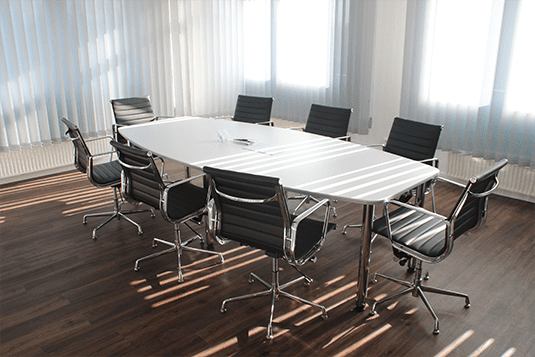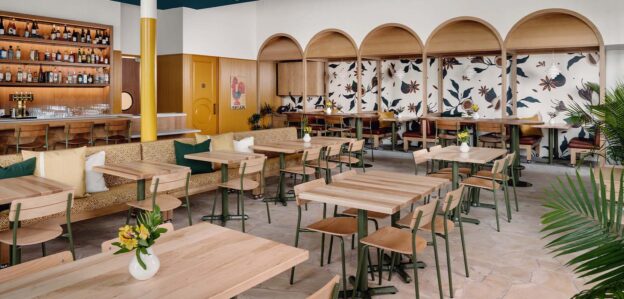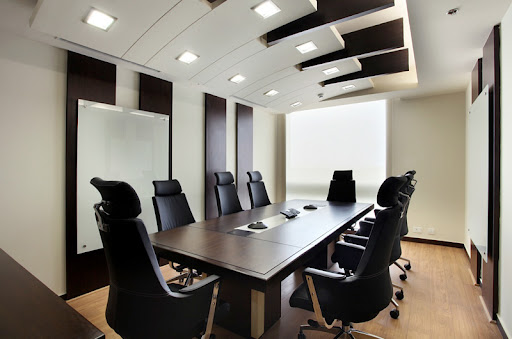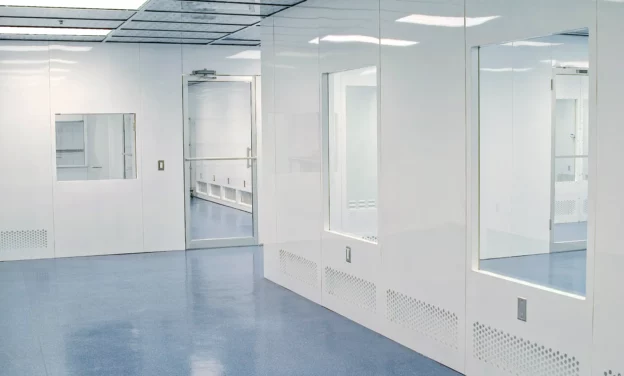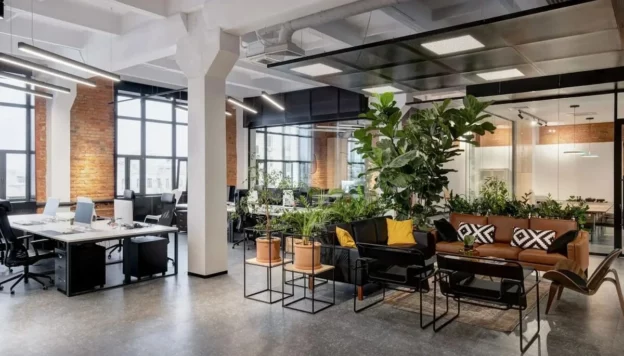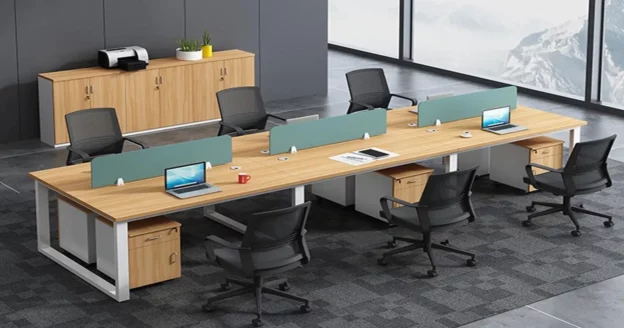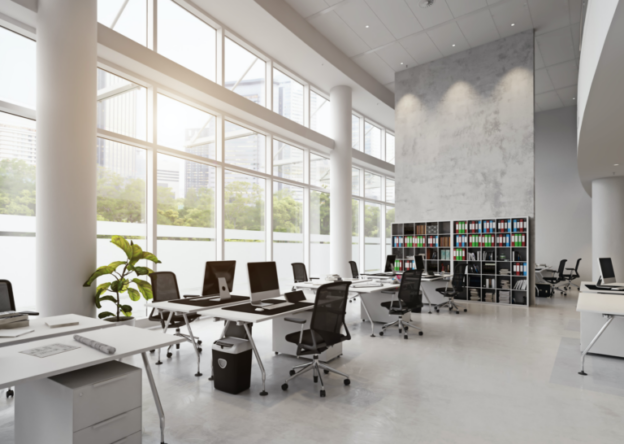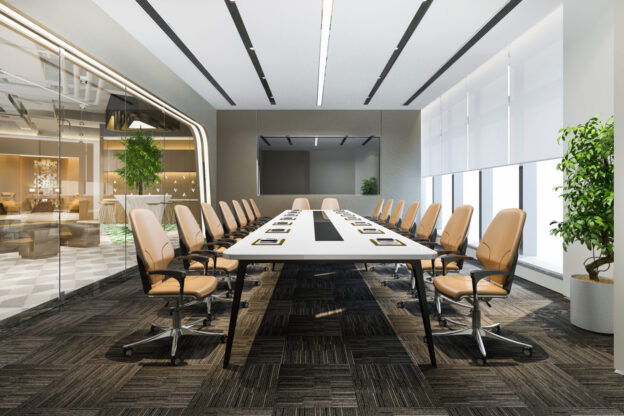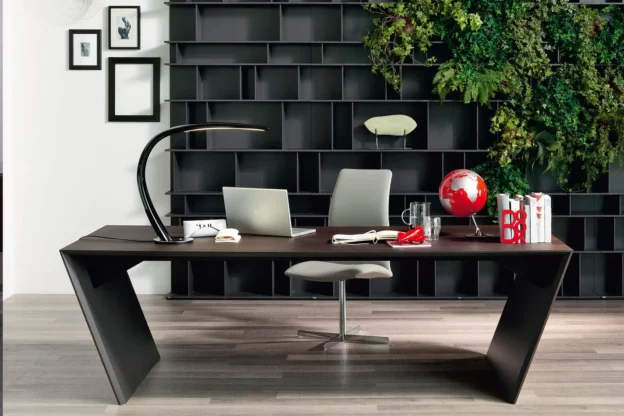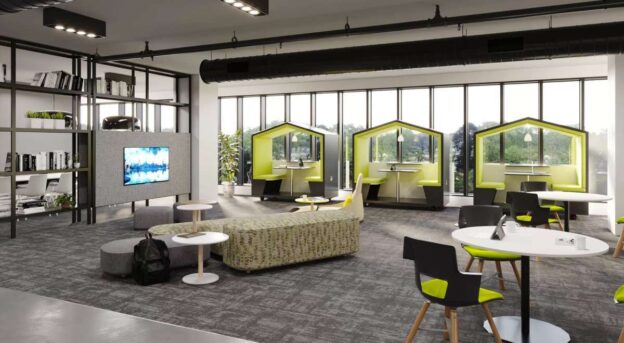A conference room is more than just a meeting space; it’s the nerve center for collaboration, decision-making, and innovation. The right furniture can significantly impact productivity, engagement, and creativity. By integrating creativity into conference room furniture design, businesses can create an environment that fosters communication, enhances comfort, and stimulates fresh ideas. Let’s explore how creativity in conference room furniture plays a pivotal role in boosting productivity.
1. Ergonomic & Comfortable Seating: Encouraging Long-Hour Focus
- Comfort Matters: Uncomfortable chairs lead to distractions and lower productivity. Investing in ergonomic seating ensures that participants remain engaged throughout meetings.
- Adjustability is Key: Chairs with height, armrest, and lumbar support adjustments cater to diverse employee needs, enhancing comfort and concentration.
- Aesthetic & Functionality Balance: Modern office chairs combine sleek designs with posture-supportive features, making the space visually appealing while promoting health.
2. Flexible & Multi-Functional Furniture: Adapting to Changing Needs
- Modular Tables: These allow teams to reconfigure seating arrangements for brainstorming sessions, presentations, or collaborative discussions.
- Foldable & Stackable Options: Easily storable furniture creates a dynamic space that adapts to different meeting types and attendance sizes.
- Movable & Rotating Chairs: Encouraging movement keeps energy levels high and prevents a stagnant work environment.
3. Inspiring Color & Design Elements: Boosting Creativity
- Color Psychology: Colors influence mood and productivity—blues and greens inspire calm and focus, while yellows and oranges enhance creativity and energy.
- Innovative Materials: Glass tables, wooden finishes, or metal accents add character, making the space more inviting and inspiring.
- Personalized Branding: Incorporating company logos, slogans, or mission statements into the design reinforces organizational culture and motivation.
4. Smart & Tech-Integrated Furniture: Enhancing Efficiency
- Built-in Charging Ports: Tables with USB and wireless charging stations keep devices powered and eliminate clutter.
- Smart Whiteboards & Screens: Interactive screens enhance presentations and brainstorming sessions, fostering real-time collaboration.
- Acoustic Panels & Soundproofing: Noise reduction features ensure a distraction-free environment, essential for productive discussions.
5. Natural Elements & Biophilic Design: Reducing Stress
- Greenery & Plant Integration: Adding plants to furniture designs improves air quality and promotes relaxation.
- Natural Light Utilization: Adjustable blinds and glass panels ensure optimal light exposure, reducing eye strain and boosting alertness.
- Wood & Organic Textures: These elements create a warm and inviting ambiance, making the conference room feel less rigid and more inspiring.
6. Collaborative & Brainstorming Zones: Encouraging Innovation
- Breakout Spaces: Informal seating areas within the conference room foster spontaneous idea-sharing.
- Whiteboard & Chalkboard Walls: Allow for real-time sketching of ideas, boosting creativity during discussions.
- Standing Desks & Bar Tables: Encouraging movement enhances engagement and prevents meeting fatigue.
7. Sustainable & Eco-Friendly Furniture: A Responsible Choice
- Recycled & Upcycled Materials: Using sustainable materials reduces environmental impact while adding a unique touch to the space.
- Energy-Efficient Lighting: LED and natural lighting save costs and promote a greener workspace.
- Minimalist & Sustainable Design: Less clutter leads to better focus and a more visually appealing environment.
Final Thoughts: The Power of Thoughtful Conference Room Furniture
Creative conference room furniture isn’t just about aesthetics—it directly influences productivity, collaboration, and workplace morale. By incorporating ergonomic seating, flexible layouts, inspiring designs, technology integration, natural elements, and sustainable choices, businesses can craft an innovative meeting space that drives results. Investing in well-designed conference room furniture isn’t just a style statement—it’s a strategic decision for workplace efficiency.
Are you ready to transform your conference room into a hub of creativity and productivity? Start by rethinking your furniture today!
Transforming workspaces with our expertly crafted turnkey interior solutions, delivering functionality and aesthetics seamlessly. Explore our latest office interior designs – Check our projects!
